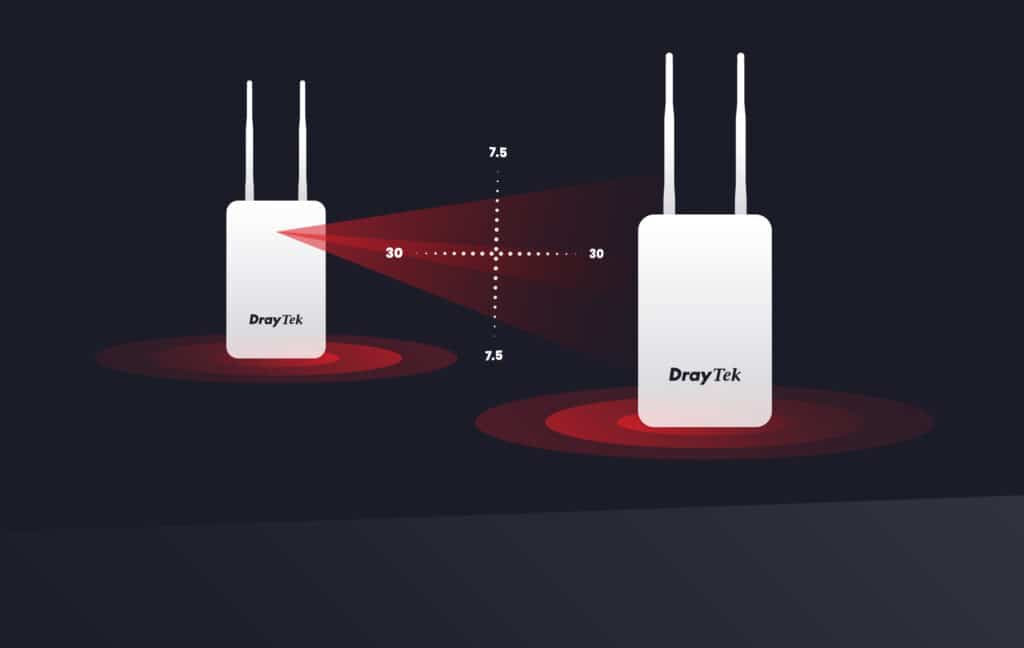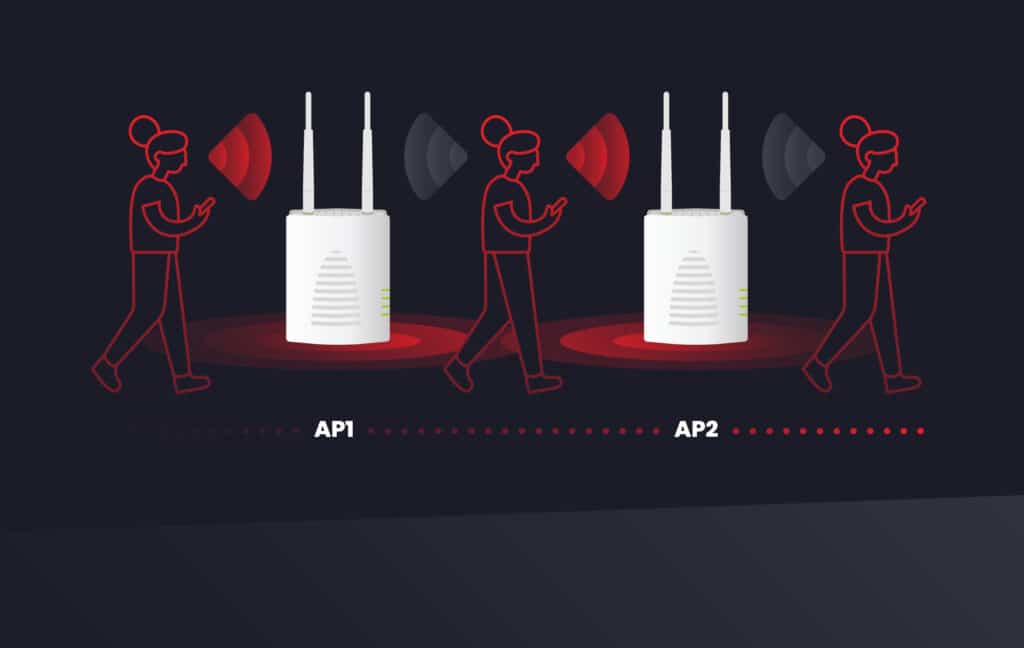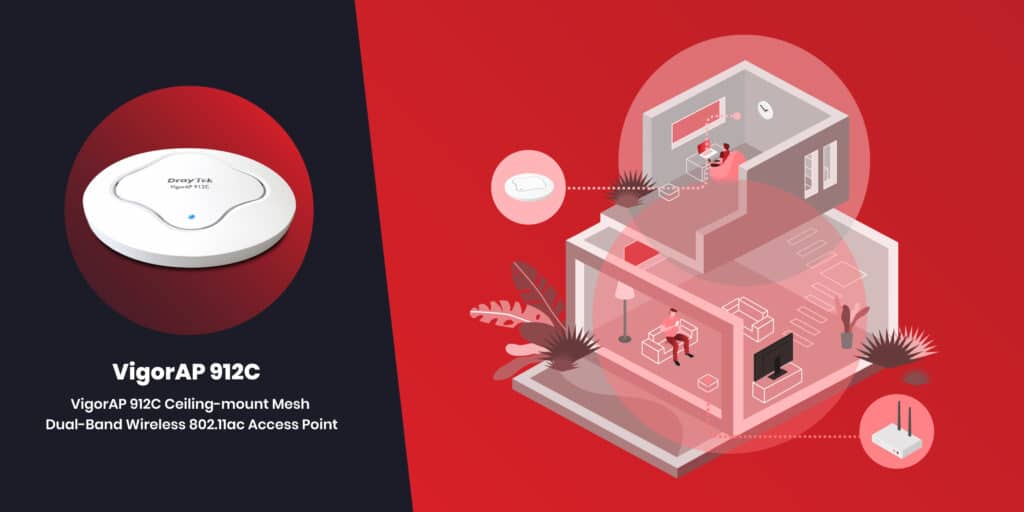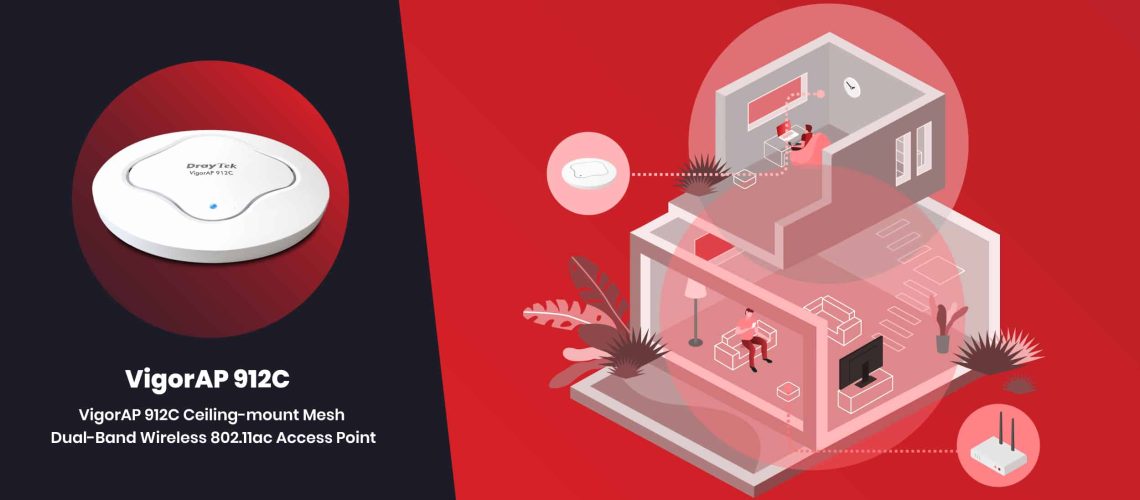Want reliable connectivity for your ‘shoffice’ or outbuilding? It’s time to weigh up your options.
There are more of us working from home than ever before. Earlier this year, the UK’s Office for National Statistics (ONS) found that 25.9% of the working population, or 8.4 million people, had worked from home for at least part of their week in 2020, up from 12.4% in 2019. Yet it’s not always easy to find a space to work, especially when there are multiple of you working, or when school holidays arrive. Therefore, it’s no wonder that so many people are now setting up an outside workspace, converting an existing shed or garden room into an office, or building a purpose-built outbuilding. An Aviva report in April noted that 43% of home workers expected to work from a designated home office space in the near future, while 13% were looking at working from a converted shed or outbuilding.
Of course, setting up a ‘shoffice’ involves a range of practical considerations, from staying within planning regulations to heating, light and power. One challenge many of us overlook is how to connect the office to the home network and, from there, the internet. In the end, the home working revolution relies on cloud-based tools, team communication, and corporate resources. It’s easier to get stuff done when you have a reliable internet connection rather than having to troubleshoot your WiFi.

The obvious options
A wired Ethernet connection is the ideal solution. There is no significant degradation in speed with distance for most home routers that offer gigabit Ethernet connectivity. Run an Ethernet line from your home network to your shed office underground – you can lay the cable when you tackle your mains power cabling – and you should have reliable, high-speed connectivity. It isn’t always practical to do this. What if you don’t have a wired network spread throughout your home and your router and master phone socket are on the opposite side of the house?

Another obvious option is to go wireless, but this option has its own pitfalls. Wi-Fi connectivity can be hindered by thick exterior walls, while your shed office might be out of range of your router. Wi-Fi 6 technology might not be able to reach your outside workspace without assistance. You might be lucky if your home office is just outside the home and close to your router, but you don’t want to be reliant on patchy Wi-Fi – or a signal that drops out when your neighbor starts their lawnmower.

Extend the range
Alternative approaches are credible in both cases. A 4G router or micro-router could provide effective working speeds outside if you live in a strong signal area. Unless you have an unlimited data plan, your monthly data allowance might be a constraint if you sign up for a monthly data contract. Yet this can work, and there are even products like the DrayTek Vigor 2866Lac that can use a 4G network as the main internet connection, and switch to a second 4G network should the primary fail, thanks to a secondary 4G SIM slot.
Alternatively, you can use your existing mains power cabling to send traffic between your home network and your home office. It takes just a few minutes to set this up; just plug in one adapter next to your router and another in your office. Connect your router to the adapter and your PC to the adapter, and you are ready to go. While the 1Gbit/sec to 2Gbit/sec speeds promised by the major standards are mostly theoretical – you’ll be lucky to see anything much north of 250Mbits/sec – that’s still going to be faster than your average fibre connection, so it won’t cause any serious bottlenecks.
However, Powerline is still not the best network technology for shed offices. Depending on the quality of your mains wiring, performance degrades with distance. Your shed office may not have acceptable speeds, or it might not have any at all. Furthermore, the kit isn’t completely reliable. Network connections can drop out, speeds can vary, and it is not uncommon for a connection that works one day to not work the next.

Bridge the gap
What does that leave us with? If Ethernet isn’t a viable option, 4G is too constricting, and Powerline isn’t an option, then your best bet is to extend your wireless network and bridge the gap between your shed office and your house.
You have a few options here. A simple Wi-Fi extender might be a good first step. You plug it in somewhere in your home within range of both your router and your home office, and it relays wireless traffic between them. There are still a few caveats to this, however. Typical wireless extenders are simply wireless repeaters that can only send or receive data at a time, resulting in a halving of network speeds as data is relayed. The repeater also operates its own wireless network, which means you must change networks every time you take your laptop in and out of the house.
Mesh networks are a better option if the shed is likely to receive good signal strength from the main building’s access points, otherwise, see the suggestion in the next paragraph. DrayTek Access Points and Range Extenders, such as the VigorAP 802 and VigorAP 912C, all have Mesh capabilities, where each access point or extender acts as a node in an intelligent mesh, routing data along the shortest, most efficient path from one device to another – or to the central router. With this setup, you can get the range and coverage you want, but as each node uses a different radio band to relay traffic, you won’t lose performance. Plus, you can stay connected even as you move in and out of the house since the mesh operates as one seamless network.
In case you’re still having trouble reaching your shed office, there’s one more product that might help. Designed for outdoor use, DrayTek’s Vigor 918RPD access point is a point-to-point access point with a directional antenna. It can be connected to your internal network via Ethernet and placed on an outside wall near your shed office. There, you can place it so that it has a clear line of sight, and you could even deploy an extra one outside the shed office to help you bridge a wider gap. With high-speed 802.11ac connectivity you’ll be equipped to communicate, collaborate and get tasks done – and with a smart Web-based interface from DrayTek, it won’t be a problem to setup or manage.




